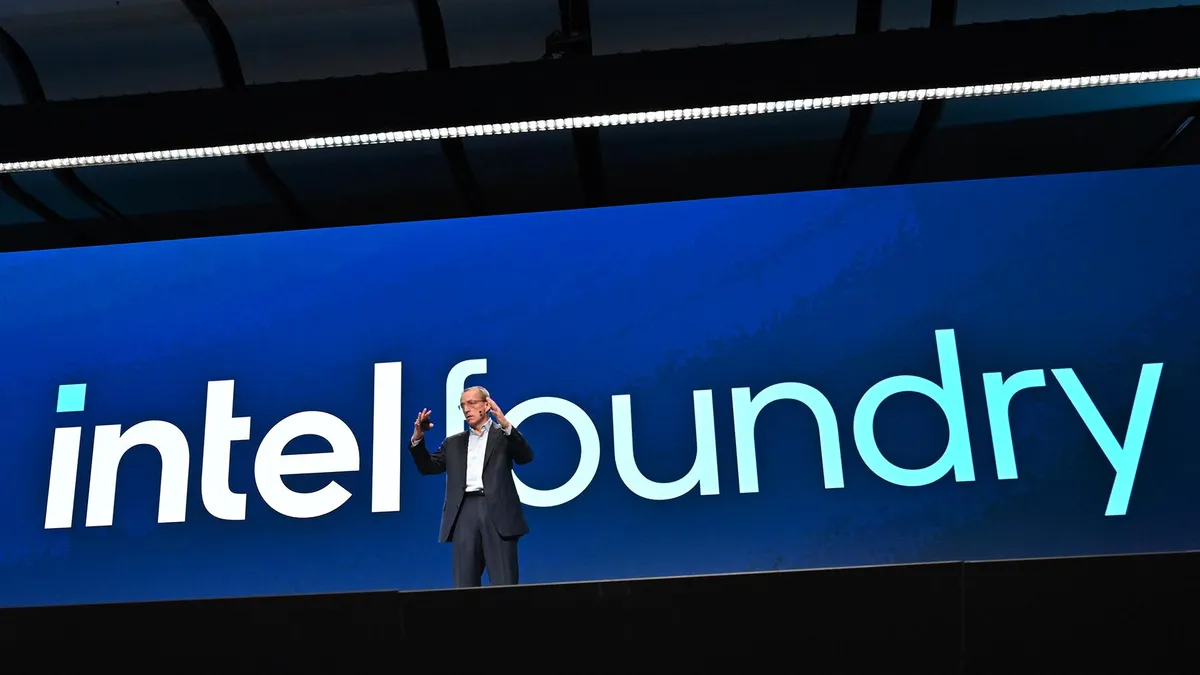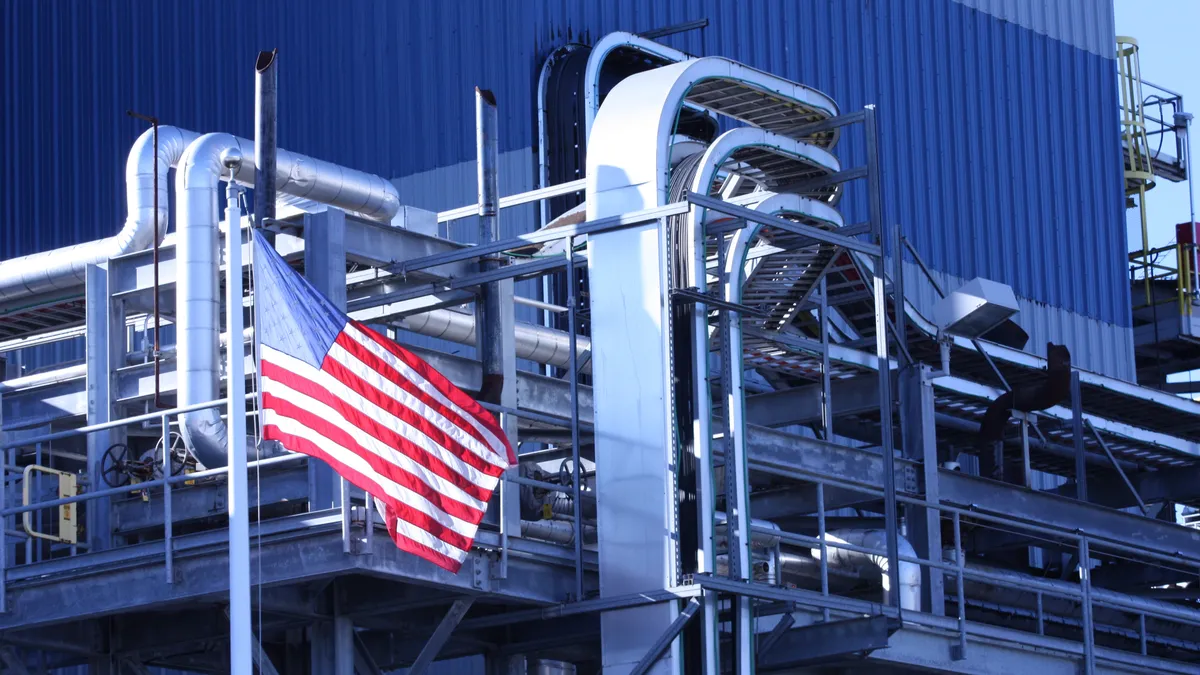Dive Brief:
- Intel plans to lay off 15% of its workforce, roughly 15,000 jobs, by the end of 2025 in a bid to cut $10 billion in spending next year.
- The move comes as the company strains under the expensive decision to bulk up its internal foundry business. Intel's revenue dropped 1% year over year in Q2, hitting $12.8 billion, the company announced in its earnings report Wednesday.
- "This is an incredibly hard day for Intel as we are making some of the most consequential changes in our company’s history," CEO Pat Gelsinger wrote in a memo to employees Friday. "We must align our cost structure with our new operating model and fundamentally change the way we operate."
Dive Insight:
Even as the company spent heavily in recent years to produce new chip technology generations and build several new factories, Intel has struggled to keep pace with competitors like Taiwan Semiconductor Manufacturing Co.
In March, the chipmaker secured the biggest CHIPS and Science Act grant to date, receiving $8.5 billion to spread across its semiconductor projects in Arizona, New Mexico, Ohio and Oregon.
That spending came at a cost though, as the company struggled under its new structure that separates its foundry and products businesses. Now, Intel is trying to right the ship with new leadership and cost-cutting plans.
"This rebuilding that we're underway, this is the most significant rebuilding of Intel since the transition from memory to microprocessors four decades ago," Gelsinger said on the company’s Q2 earnings call Thursday.
The chipmaker is slashing capital expenses, planning to cut its capital budget by 20% this year, down to between $25 billion and $27 billion, Gelsinger said on the earnings call. It's also stopping all "non-essential" work and is doing a full portfolio review to identify "underperforming" products and streamline its offerings, according to the CEO's memo.
One of those segments under a harsh spotlight is the foundry business, which has struggled to gain traction and steady leadership since it launched in 2021 under then newly appointed CEO Gelsinger.
The unit named Lorenzo Flores as CFO in April following a $7 billion operating loss in 2023. Last week, Intel tapped former Micron executive Naga Chandrasekaran to lead the foundry's manufacturing and supply chain operations.
Despite the volatility, Gelsinger said he remains confident Intel can hit the milestones needed to secure its CHIPS grant money, which it has not received yet.
Gelsinger highlighted the foundry’s $15 billion in committed customer deals as well as its target to reach $15 billion in revenue by decade’s end as indicators of future growth.
"We're going to be driving just like a world-class foundry does to be much more efficient with our capital investments and scrutinizing them more carefully," Gelsinger said on the call. "We're going to flex our investments up and down appropriately, and we've now established a model with our smart capital to have that effectiveness that we can scale up and down to market conditions.”












